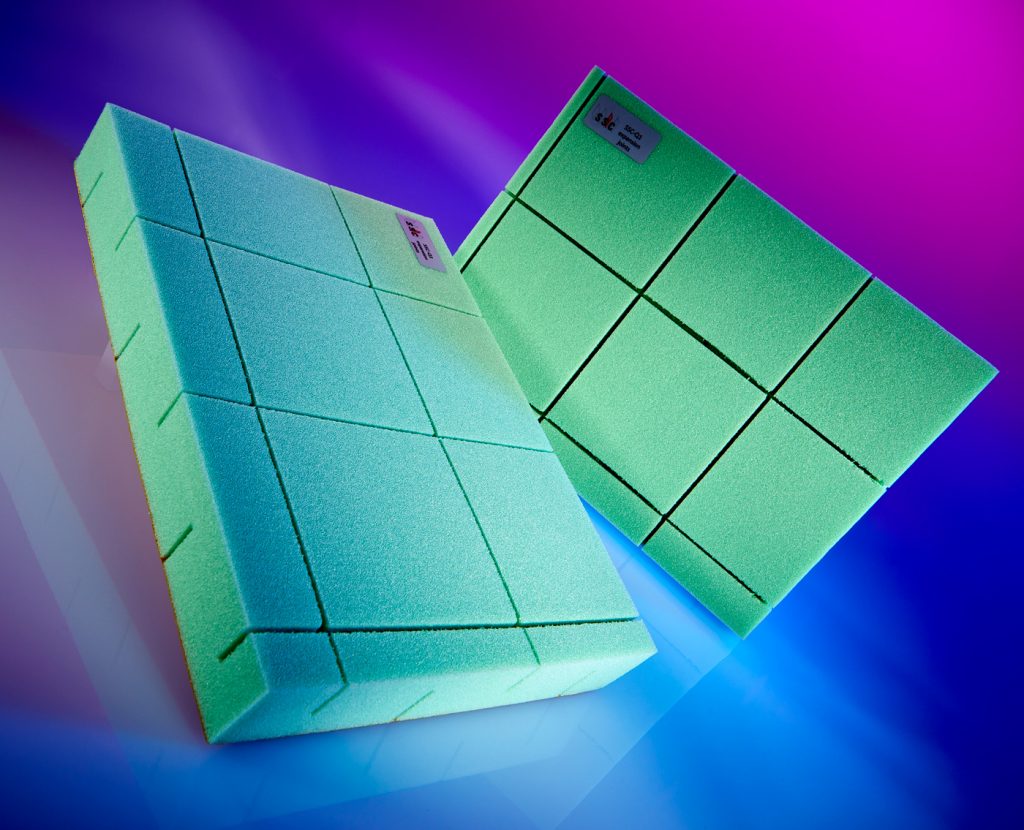
Best energy-saving application / product
Judging criteria:
This award recognises applications that have significantly improved the environmental performance and/or energy efficiency of a product.
Coca-Cola Bottlers Manufacturing, China – Pipework insulation in beverage production
Flextech, China – Insulation for electric buses
Gland Pharma, India – Insulation for pure steam generator
Karnataka, India – insulation in dairy products production
MGR Foamtex, UK – MGR SoftWall® NextGen
Plastika Balumag – Twin-sheet air duct
Shenzen Kangtai, China – Cleanroom insulation
Gruppo Sogimi, Italy – Coffee machine boiler insulation
SSC Swiss Shielding Corporation, Switzerland – Railway carriage insulation
Technifab, USA – Aircraft lightweighting
Flextech used Plastazote LD24FR to replace glass-fibre board as the insulation material of electric bus bodies In Sichuan Province, western China. LD24FR has the necessary fire-retardant characteristics and provides a better working environment for operators by providing better air quality, with less dust. LD24FR foam is also lighter than glass-fibre board, which weighs anything between three and 25 times more per cubic metre, and thus improves the driving range of the buses. Faster, easier installation in the narrow spaces inside metal frame of the bus body is a further benefit

SSC Swiss Shielding Corporation
Switzerland
Entry: Railway carriage insulation
Zotefoams materials chosen
Privacy Overview
| Cookie | Duration | Description |
|---|---|---|
| cookielawinfo-checkbox-analytics | 11 months | This cookie is set by GDPR Cookie Consent plugin. The cookie is used to store the user consent for the cookies in the category "Analytics". |
| cookielawinfo-checkbox-functional | 11 months | The cookie is set by GDPR cookie consent to record the user consent for the cookies in the category "Functional". |
| cookielawinfo-checkbox-necessary | 11 months | This cookie is set by GDPR Cookie Consent plugin. The cookies is used to store the user consent for the cookies in the category "Necessary". |
| cookielawinfo-checkbox-others | 11 months | This cookie is set by GDPR Cookie Consent plugin. The cookie is used to store the user consent for the cookies in the category "Other. |
| cookielawinfo-checkbox-performance | 11 months | This cookie is set by GDPR Cookie Consent plugin. The cookie is used to store the user consent for the cookies in the category "Performance". |
| viewed_cookie_policy | 11 months | The cookie is set by the GDPR Cookie Consent plugin and is used to store whether or not user has consented to the use of cookies. It does not store any personal data. |